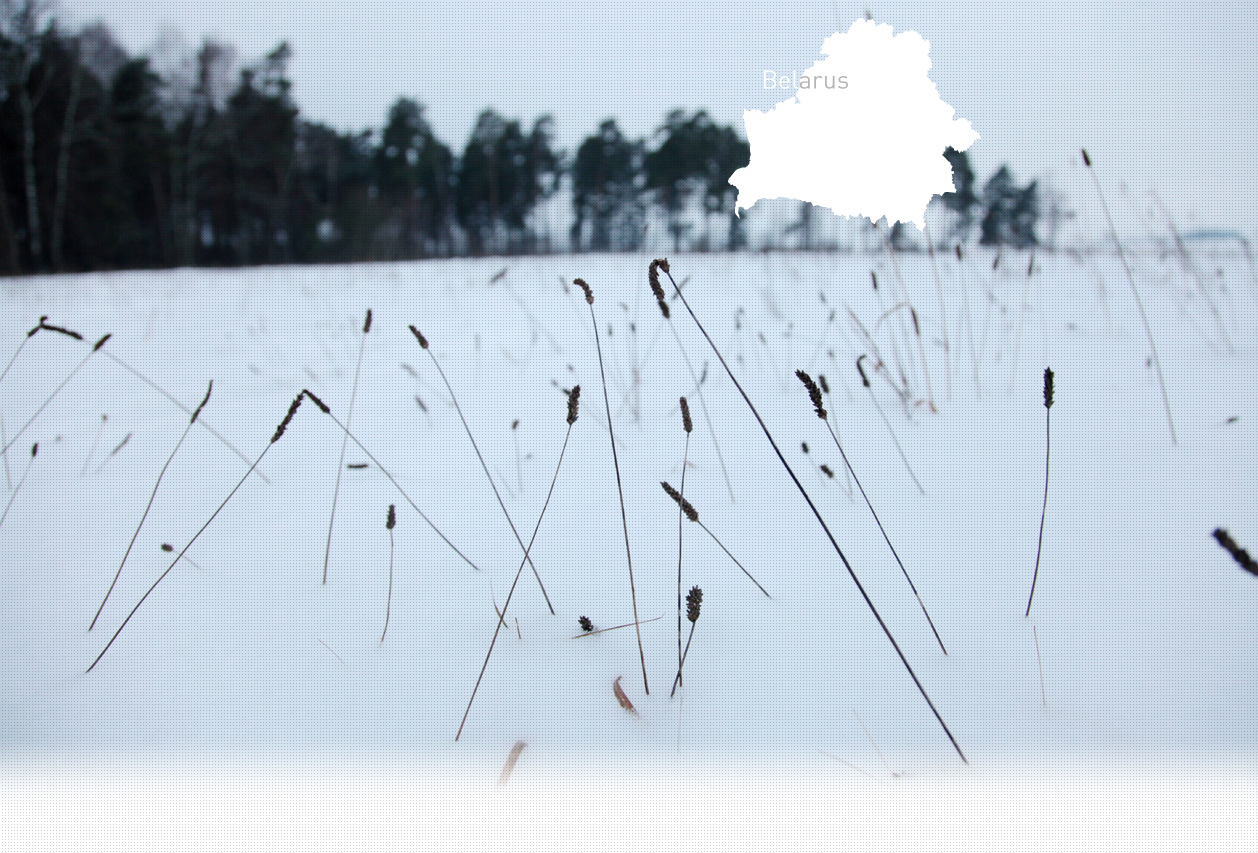

1 Killing site(s)
Anna P., born in 1933: “It was so horrible, you know. I was ill at the time. I had a wound on my side and my mom took me to see the nurse in Kopys, so that she could make me a bandage. I remember walking along with my mom and being afraid to approach the Germans. We were scared of them. They wouldn’t check if you were Russian or Jewish, they could kill anyone. They took Russians away and sent them to concentration camps or shot them. We were afraid of them.
So we were walking along with my mom on our way to Kopys, where my mom was taking me for a bandage, and we saw the Jews digging a pit. We didn’t know what it was for. Why they were digging this huge, this gigantic pit? Young ones, old ones, they were all digging! And while we were there… (they had been digging for a while) we never went too near, we were scared, we were hiding. We hid in the forest, hid from the Germans… everyone was doing his best to hide and save his skin, you understand.
As we were walking along with my mom a German caught us up. “Where are you going?” Mom says: “I’m bringing my daughter to…” Mom didn’t speak German. “Kleine, kleine…” Mom showed him my wound; it was big… “Yeah… You can pass.” The Jews were still digging and the Germans were standing with submachine guns pointed at them. And while we were on our way to get my bandage, on our way to the meeting point, they started shooting them.” (Witness n°1051B, interviewed in Novyye Stayki, on November 5, 2019)
“In January 1942, I saw the Germans take the Jews out of the buildings, at the site of the Kopys flax factory, and transfer them to a large pit that had been dug nearby. The Jews were forced to undress down to their underwear near the pit. They were then driven to the pit where they were shot. They were driven to the pit in groups of fifteen. I was about 100m from the pit where the shooting took place, and saw more than 200 people being killed. I left, but the shooting continued for several hours. The shooting started in the morning and went on until afternoon. In total, some 300 people were shot – among them women and children [....].” [Deposition given by a local resident, Gavriil K., born in 1880, to the Soviet Extraordinary State Commission (ChGK), on April 2, 1945; GARF 7021-84-10, pp. 479-480]
Kopys is located about 22km (14mi) south of Orsha and 110km (68mi) south of Vitebsk. The first record of the Jewish community goes back to the mid-17th century. The majority of Jews worked in the manufacturing of of ceramic tiles and pottery. A flax factory was opened under the Soviet rule where some Jewish residents found work in administrative positions. Other Jewish residents were involved in small scale trade. In April 1905, the Jews of Kopys suffered a pogrom, during which their houses and commerce were plundered. In 1924, a Yiddish school was established. On the eve of the war, Jews comprised only 10% of the total population, with only 405 Jews living in the village.
Kopys was occupied by the Germans in mid July, 1941. Shortly after the occupation, the Jews were marked with yellow distinguishing badges.
According to different sources, as well as local witnesses interviewed by Yahad, the Jews continued to live in their homes until October (or December) 1941, when they were rounded up and confined in a ghetto, created on the site of a flax factory, two kilometers from the town. In all, 200-300 Jews were detained in the ghetto. The ghetto was fenced in and guarded by local police.
On January 14, 1941, the Kopys ghetto was liquidated. The remaining Jews were taken to the ravine, located behind the factory, where they were shot in small groups of 4-5 people, according to a local eyewitness n°1052B/YIU. Before being shot, they had to dig a pit and undress, before being lined up on the edge of the pit and shot in the nape of the neck. Some Jews who manage to hide during the raid where caught and shot either that same day or several days later. However, several Jews survived the Holocaust by hiding in the nearby villages or countryside. In all, according to Soviet sources, 230 Jews were murdered in Kopys that day, although the monument on the site records the death of about 250 victims.
Do you have additional information regarding a village that you would like to share with Yahad ?
Please contact us at contact@yahadinunum.org
or by calling Yahad – In Unum at +33 (0) 1 53 20 13 17